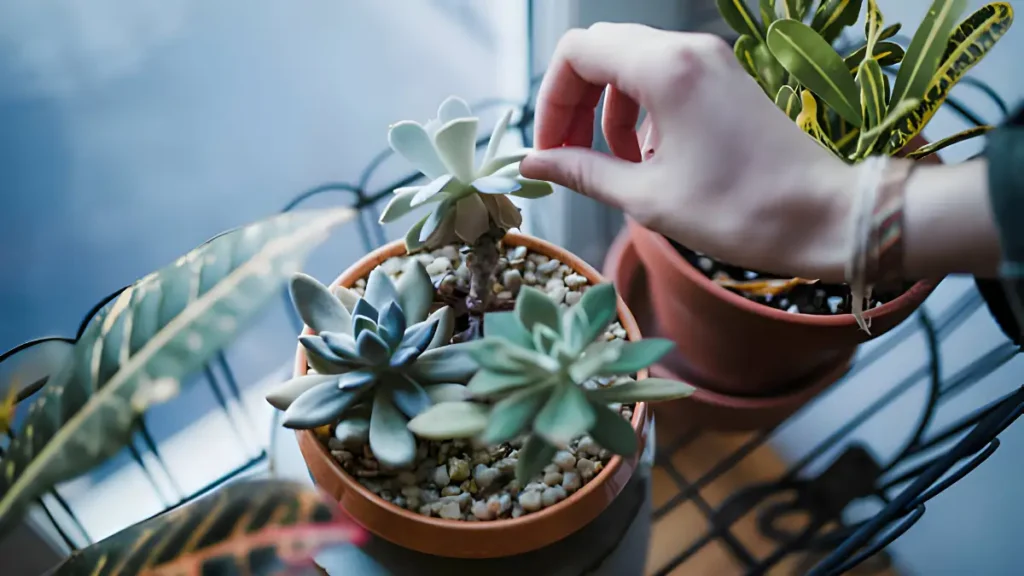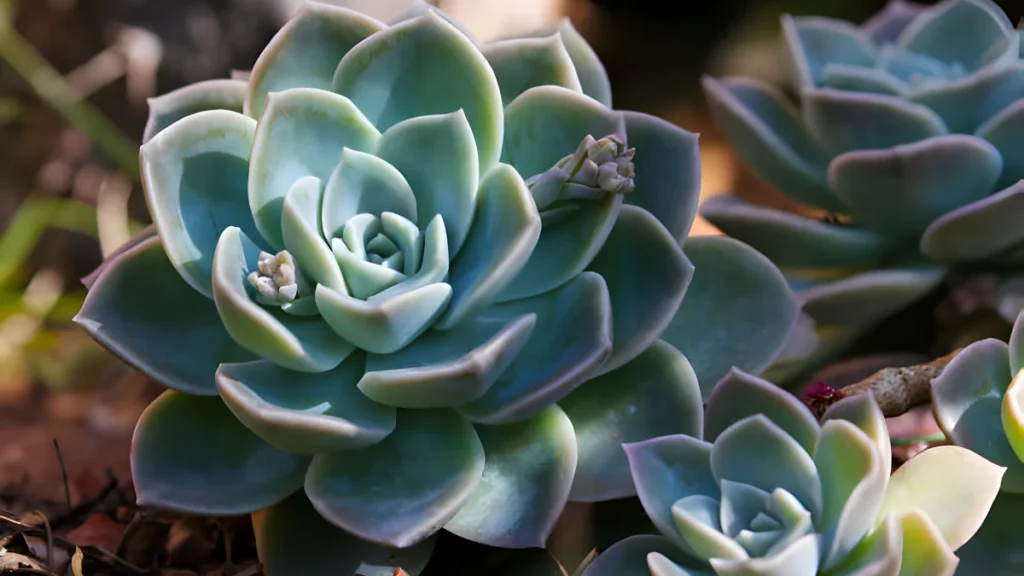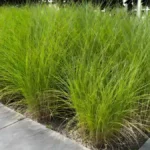An increasing number of gardeners are learning about echeveria plants due to the growing popularity of succulents. This chic plant has fleshy leaves that come in a variety of colors and shapes that form symmetrical rosette shapes. This adaptable plant, which comes in hundreds of variations, may be grown both inside and outdoors, as a desktop accent, in terrariums, containers, living walls, rock gardens, garden beds, and waterwise borders. With the correct advice, cultivating the stunning and varied genus of succulent plants known as Echeveria may be a gratifying and somewhat simple task. Here are some expert tips to help you grow echeveria that is robust and healthy:
Tips for growing echeveria:
- If indoors, position it near a window that faces south or another bright source of direct light, or add artificial lighting to supplement. Place outside in an area that receives 4–6 hours of direct sunlight per day.
- The ideal temperature range for echeverias is 60°F to 80°F (15°C to 27°C). Since they are susceptible to the cold, shield them from severe weather, especially frost.
- For echeverias to avoid having wet roots, the soil must drain properly. To enhance drainage, use a specific cactus or succulent mix or add sand or perlite to ordinary potting soil.
- Select a pot that is marginally deeper than the root ball and 10% broader than the plant’s diameter. To avoid root rot, make sure your containers have adequate drainage holes.
- Echeverias can be easily multiplied by leaf cuttings or offsets, which are also referred to as pups. Just trim off any offsets or healthy leaves, then give them a few days to harden off before planting in soil that drains properly.

Care and maintenance of echeveria:
- Adequate watering is one of the most important parts of caring for echeveria. These plants are adapted to drought-like circumstances because they are native to arid locations. Water the soil deeply but sparingly, letting it dry up entirely in between applications. It is best to err on the side of underwatering rather than overwatering as this can cause root rot.
- Fertilizer is not very necessary for echeverias. When plants are actively growing in the spring, use a slow-release all-purpose fertilizer. Apply fewer times each week and dilute two to four times the typical strength. Fertilize no more in the winter.
- When necessary, remove damaged or dead leaves from the plant to preserve its look and stop the spread of illness.
- Mealybugs, spider mites, aphids, scales, nematodes, and root meal bugs are examples of pests. Use 70% rubbing alcohol to dab afflicted areas or rinse out pests with water. Use a general-purpose insecticide to treat more serious instances.
- Every two to three years or when they outgrow their containers, echeverias may need to be replanted. Select a slightly bigger container and fill it with new soil before replanting in the spring or summer.
- Since echeverias hibernate throughout the winter, watering frequency should be decreased. Apply little or no fertilizer at all until spring, when growth picks back up.
Conclusion:
Finally, learn how to grow echeveria, which emphasizes the significance of adhering to professional advice to properly produce echeveria plants. Enthusiasts may guarantee ideal development circumstances and produce robust, healthy Echeveria specimens by following expert recommendations. The secret to growing these exquisite succulents is constant learning and adaptation, which will eventually provide gardeners with a gratifying gardening experience and breathtaking displays of Echeveria in their environments.
Certainly! If you’d like to learn more, please consider following our WhatsApp Channel: Harvest Gardening
A frequently asked questions:
Q1: What is echeveria?
A1: A genus of succulent plants called Echeveria is indigenous to parts of Mexico, northwest South America, and Central America that are semi-desert.
Q2: What are some popular varieties of echeveria?
A2: ‘Lola’, ‘Perle von Nürnberg’, ‘Black Prince’, and ‘Topsy Turvy’ are a few of the well-known echeveria cultivars. Every kind has distinct qualities and hues of its own.



